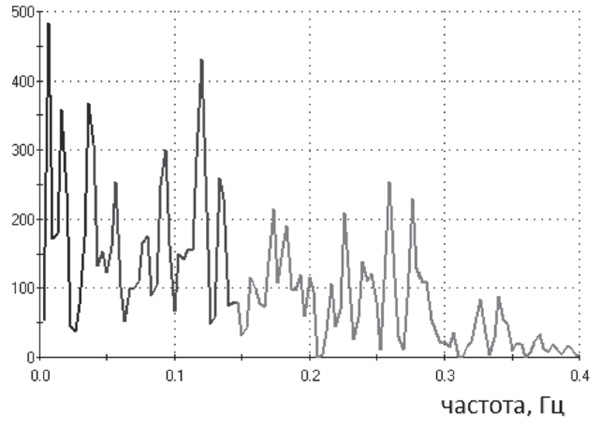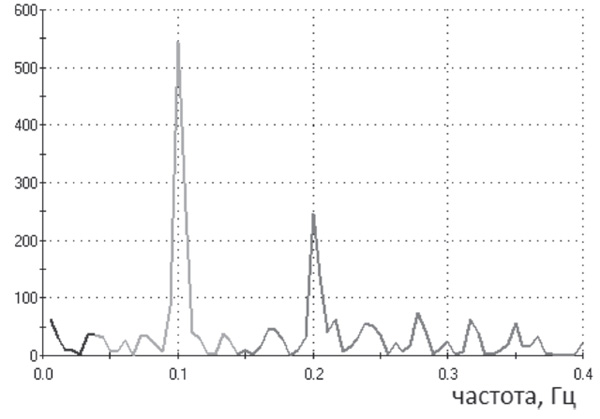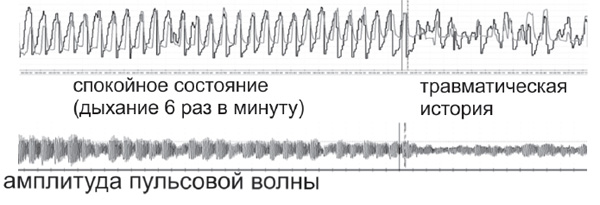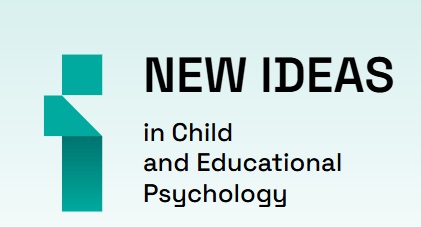Article
Fedunina N.Yu., Grushko A.I., Kovaleva A.V., Bannikov G.S. (2018) Casestudy of psychological counseling of sport trauma based on Pierre Janet therapeutic method. Moscow University Psychology Bulletin, 2, 56-75
Abstract
Relevance.Professional sport has become more complex and risky activity in the last decades. Consequently, scientific and applied multi-disciplinary field of sport trauma attract more and more attention. Together with swift development of sport medicine and rehabilitation theoreticians and practitioners pay attention to the differences of physical and psychological readiness to resuming of sport training and competing activities.
Objective.The article deals with the problem of psychological rehabilitation after sport trauma. Major types of interventions are discussed. Fear of re-injury is considered to be one of the key difficulties after sport trauma.
Methods.The article presents the case of a gymnast with a strong fear of re-injury. Characteristics of psychological traumatization are depicted. Consulting scheme is based on the theory and practice of trauma in the works of Pierre Janet.
Results.Three stages of counseling included 1) stabilization of personality and mitigation of acute psychophysiological stress symptoms; creation of a narration about trauma; 2) re-processing of traumatic memories and desensibilization; 3) reintegration and return to sport and competing activity. A number of methods were used to achieve the goal of each stage: cognitive-behavioral interventions, analytic interventions, art techniques, biological feedback, self-determination interventions. The dynamic of 10 sessions is analyzed.
Conclusions were made on the necessity of psychological guidance, which should start shortly after trauma and be provided during the whole rehabilitation period in a systematic approach, including a sportsman, a coach and parents.
Sections: Psychology to practice;
Received: 04/17/2018Accepted: 05/11/2018
Pages: 56-75
DOI: 10.11621/vsp.2018.02.56
Keywords: sport trauma; fear of re-injury; sport psychology; gymnastics; Pierre Janet;
Available Online 20.06.2018

Pic. 1.

Pic. 2.

Pic. 3.
References:
Bianco, T., Malo, S., Orlick, T. (1999). Sport injury and illness: Elite skiers describe their experiences. Research Quarterly for Exercise and Sport, 70, 157—169. doi.org/10.1080/02701367.1999.10608033
Blumenstein, B., Orbach, I. (2012). Mental practice in sport: sports and athletic preparation, performance and psychology. Twenty case studies. NY: Nova Science Publishers.
Cox, R. (2002). The psychological rehabilitation of a severely injured rugby player. In Y. Cockerill (ed.) Solutions in sport psychology (pp. 159—172). London, UK: Thomson Learning.
Dovzhik, L.M., Nartova-Bochaver, S.K. (2015). Sovladaniye s travmoy u professional'nykh sportsmenov [Coping with trauma in professional athletes]. Klinicheskaya i spetsial'naya psikhologiya[Clinical psychology and special education], 4, 2. URL: http://psyjournals.ru/psyclin/2015/n2/Dovzhik_NartovaBochaver.shtml (date of retrieval: 12.12.2017).
Driediger, M., Hall, C., Callow, N. (2006). Imagery use by injured athletes: A qualitative analysis. Journal of Sports Sciences, 24, 261—271. doi.org/10.1080/02640410500128221
Fedunina, N.Yu. (2017). Sport v psikhologii povsednevnosti[Sport in the psychology of everyday life]. Psikhologicheskiye issledovaniya[Psychological studies], 10, 56, 4. URL: http://psystudy.ru (date of retrieval: 21.02.2018).
Gould, D., Udry, E., Bridges, D., Beck, L. (1997). Stress sources encountered when rehabilitating from season-ending ski injuries. The Sport Psychologist, 11, 361—378. doi.org/10.1123/tsp.11.4.361
Hatzigeorgiadis, A., Zourbanos, N., Galanis, E., Theodorakis, Y. (2011). Self-talk and sports performance: A meta-analysis. Perspectives on Psychological Science, 6, 4, 348—356. doi.org/10.1177/1745691611413136
Janet, P. (1903). Nevrozy ifixirovannye idei[Neuroses and fixed ideas]. St. Petersburg, 1903. Vol. 1.
Janet, P. (1928). L'Évolution de la mémoire et de la notion du temps. Paris: Chahine.
Kovaleva, A.V., Panova, Ye.N., Gorbacheva, A.K. (2013). Analiz variabel'nosti ritma serdtsa i vozmozhnosti yego primeneniya v psikhologii i psikhofiziologii [Analysis of heart rate variability and its application in psychology and psychophysiology].Sovremennaya zarubezhnaya psikhologiya [Modern foreign psychology], 1, 35—50.
Lehrer, P.M., Vaschillo, E., Vaschillo, B. (2000). Resonant frequency biofeedback training to increase cardiac variability: Rationale and manual for training. Applied Psychophysiology and Biofeedback, 25, 177—191. doi.org/10.1023/A:1009554825745
Mallina, R., Giannoudis, P.V. (2011). Sports injuries in children and adolescents: Classification, epidemiology, and clinical examination. In A.H. Karantanas (ed.) Sports injuries in children and adolescents(pp. 3—41). Berlin: Springer-Verlag.
Neumann, N., Strehl, U., Birbaumer, N., Kotchoubey, N. (2002). Electroencephalographic measures and biofeedback. In B. Blumenstein, M. Bar-Eli, G. Tenenbaum (eds.) Biofeedback applications in performance enhancement: Brain and body in sport and exercise(pp. 101—122). N.Y.: John Wiley & Sons, Inc.
Pimenta, N. (2016). Experiences of pain and injury in male and female artistic gymnastics: A figurational sociological study. A Doctoral Thesis. Loughborough University. https://dspace.lboro.ac.uk/2134/21784 (date of retrieval: 12.12.2017).
Podlog, L., Eklund, R.C. (2007). The psychosocial aspects of a return to sport following serious injury: A review of the literature from a self-determination perspective. Psychology of Sport and Exercise, 8, 535—566. doi.org/10.1016/j.psychsport.2006.07.008
Podlog, L., Eklund, R.C. (2010). Returning to competition after a serious injury: The role of self-determination. Journal of Sports Science, 28, 8, 819—831. doi.org/10.1080/02640411003792729
Santi, G., Pietrantoni, L. (2013). Psychology of sport injury rehabilitation: a review of models and interventions. Journal of Human Sport and Exercise, 8, 4, 1029—1044. doi.org/10.4100/jhse.2013.84.13
Sordoni, C., Hall, C., Forwell, L. (2000). The use of imagery by athletes during injury rehabilitation. Journal of Sport Rehabilitation, 9, 329—338. doi.org/10.1123/jsr.9.4.329
Theodorakis, Y., Beneca, A., Goudas, M., et al. (1998). The effect of self-talk on injury rehabilitation. European Yearbook of Sport Psychology, 2, 124—135.
Van der Khart, O., Neyyenkheyus, E., Stil, K. (2013). Prizraki proshlogo. Strukturnaya dissotsiatsiya i terapiya posledstviy khronicheskoy psikhicheskoy travmy[Ghosts of the past. Structural dissociation and therapy of the consequences of chronic mental trauma]. Moscow: Kogito.
For citing this article:
Fedunina N.Yu., Grushko A.I., Kovaleva A.V., Bannikov G.S. (2018) Casestudy of psychological counseling of sport trauma based on Pierre Janet therapeutic method. Moscow University Psychology Bulletin, 2, 56-75









